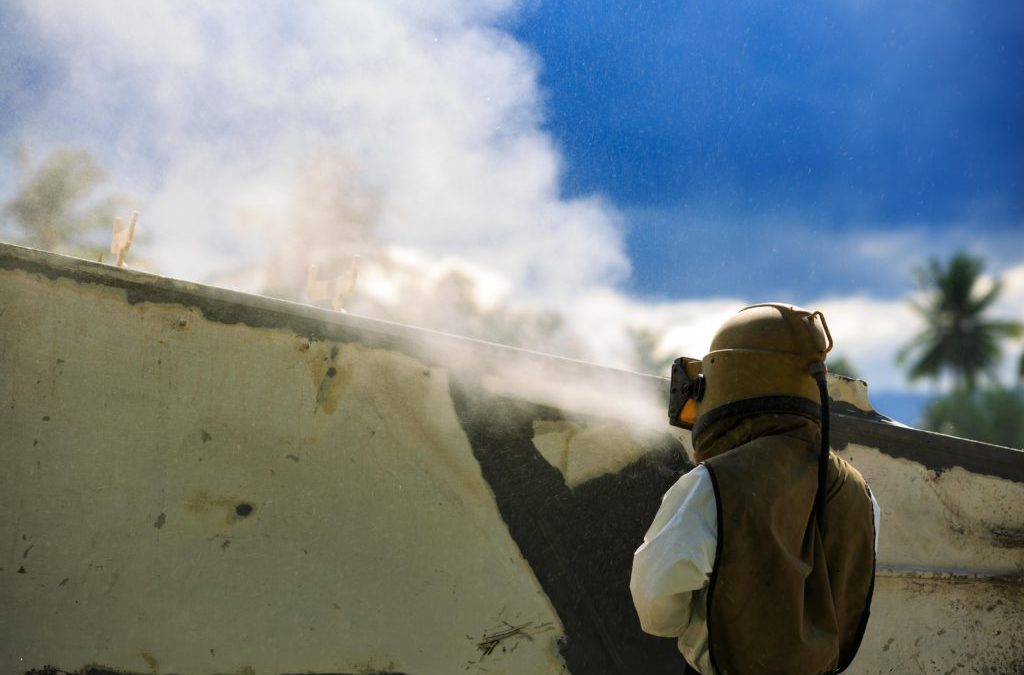Compressed Air Blasting…
Used to either clean or profile a surface, compressed air blasting is the most common method of abrasive blasting. It is very effective against rust and other contaminants, using the force of the compressed air to blast the chosen media against the surface.
Wet Blasting…
This form of blasting takes the basis of compressed air blasting and adds water to the mix. Either to the air or the media, it makes for less dust entering the air as you blast your surface. It also softens the impact of the media, decreasing the risk of issues arising with surface impregnation. While the diminished impact can potentially slow down the process, keep in mind you are washing the surface at the same time, eliminating an additional step later on.
Bead Blasting…
Either glass or plastic beads are used in this method to remove coating or some corrosion. Compared to sand or steel grit blasting, there is less worry about negatively affecting the surface you are blasting with beads.
Wheel Blasting…
Moving completely away from air blasting of all sorts, wheel blasting uses, you guessed it, wheels to propel the selected media against the surface at a very quick speed. This method works best with recyclable blast media. (If you’re not sure what all that entails, check out last month’s article) Wheel blasting is especially effective with a mostly flat surface as it creates an extremely uniformed finish.
Automated Abrasive Blasting…
This method uses robotics to automate the blasting process. Planning is critical with automated abrasive blasting as it is difficult to alter once the process has begun. That being said, it is efficient and useful, especially when blasting multiple surfaces that require the same attention.
Dry Ice Blasting…
The name says a lot with this method…dry ice and air are the media used. The frozen carbon dioxide serves to remove contaminants while the dry ice is evaporated, leaving no residue whatsoever. For any equipment or surfaces that might be within the food industry, this method can also be food safety-approved.
Vacuum Blasting…
Similar to compressed air blasting, vacuum blasting combines air with the element of suction to reduce residue left on the surface. If a blast job needs to be done indoors, this is often the best option as it simultaneously picks up the media used while blasting. The downside is that as a result of also picking up the media, it is a much slower process and requires more compressed air.

